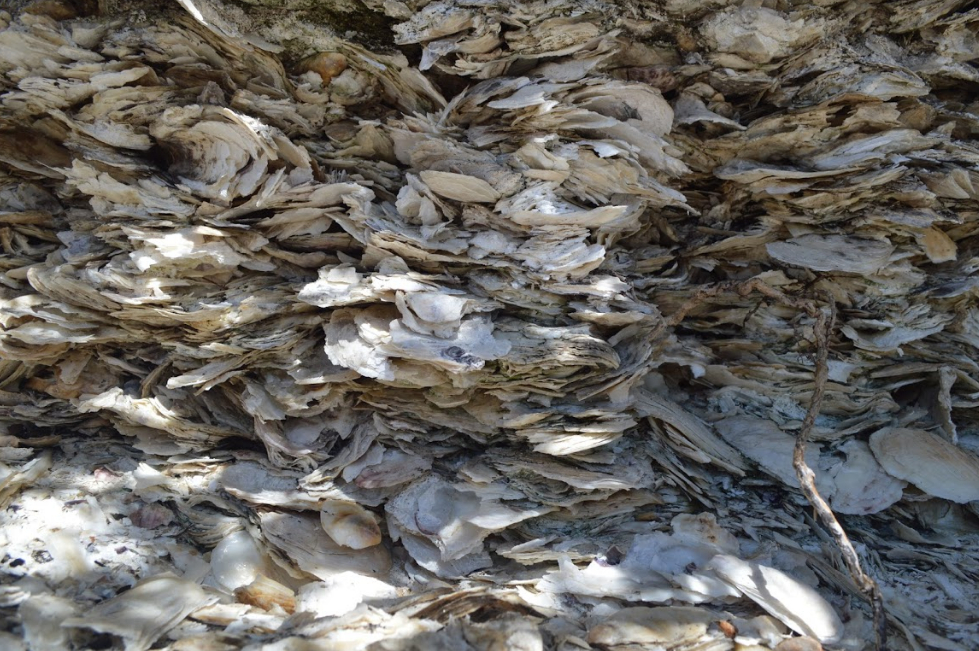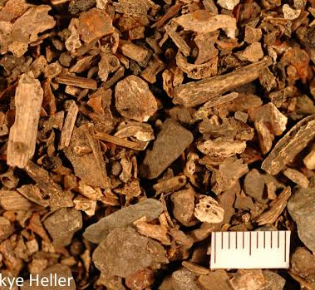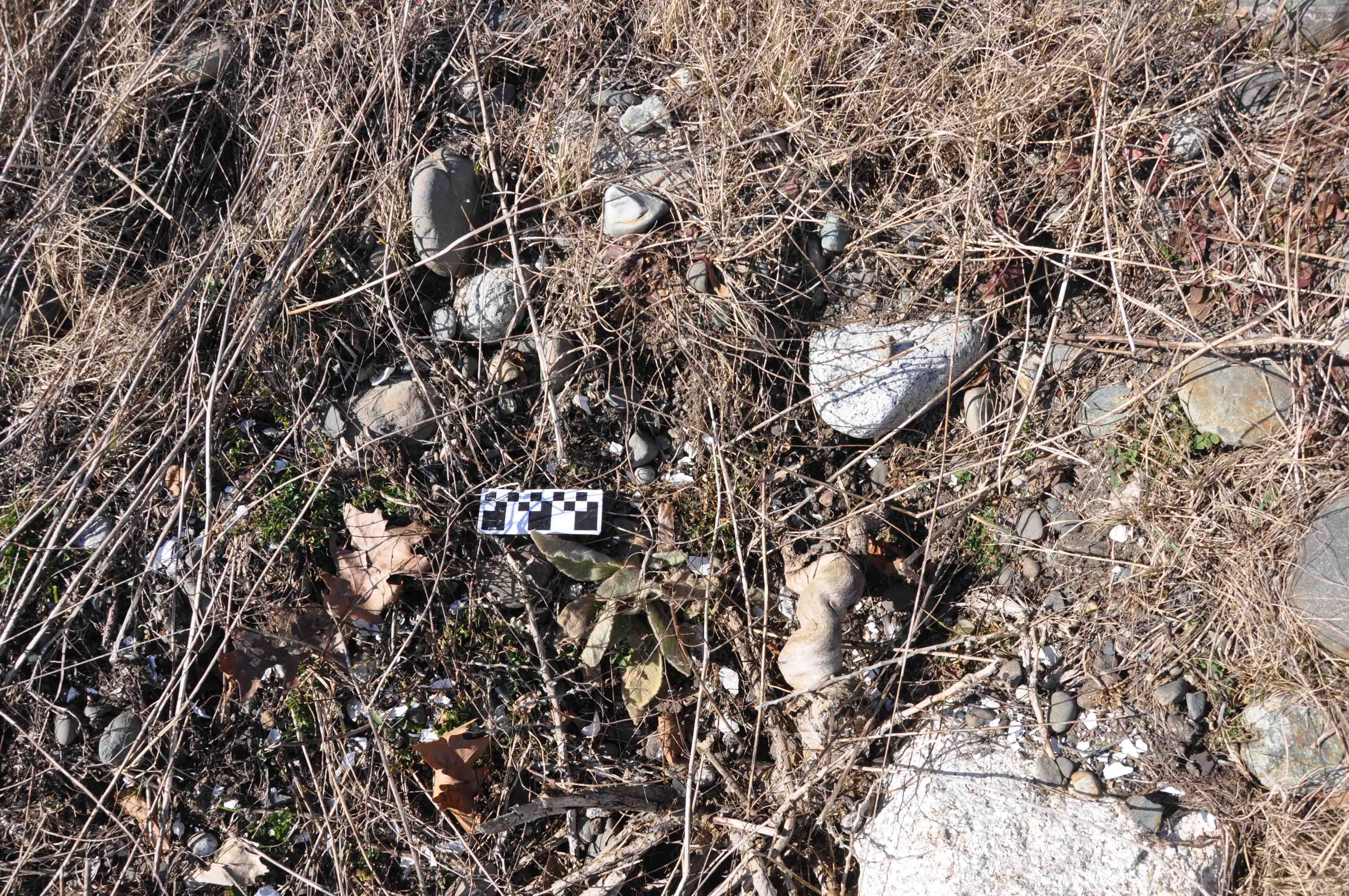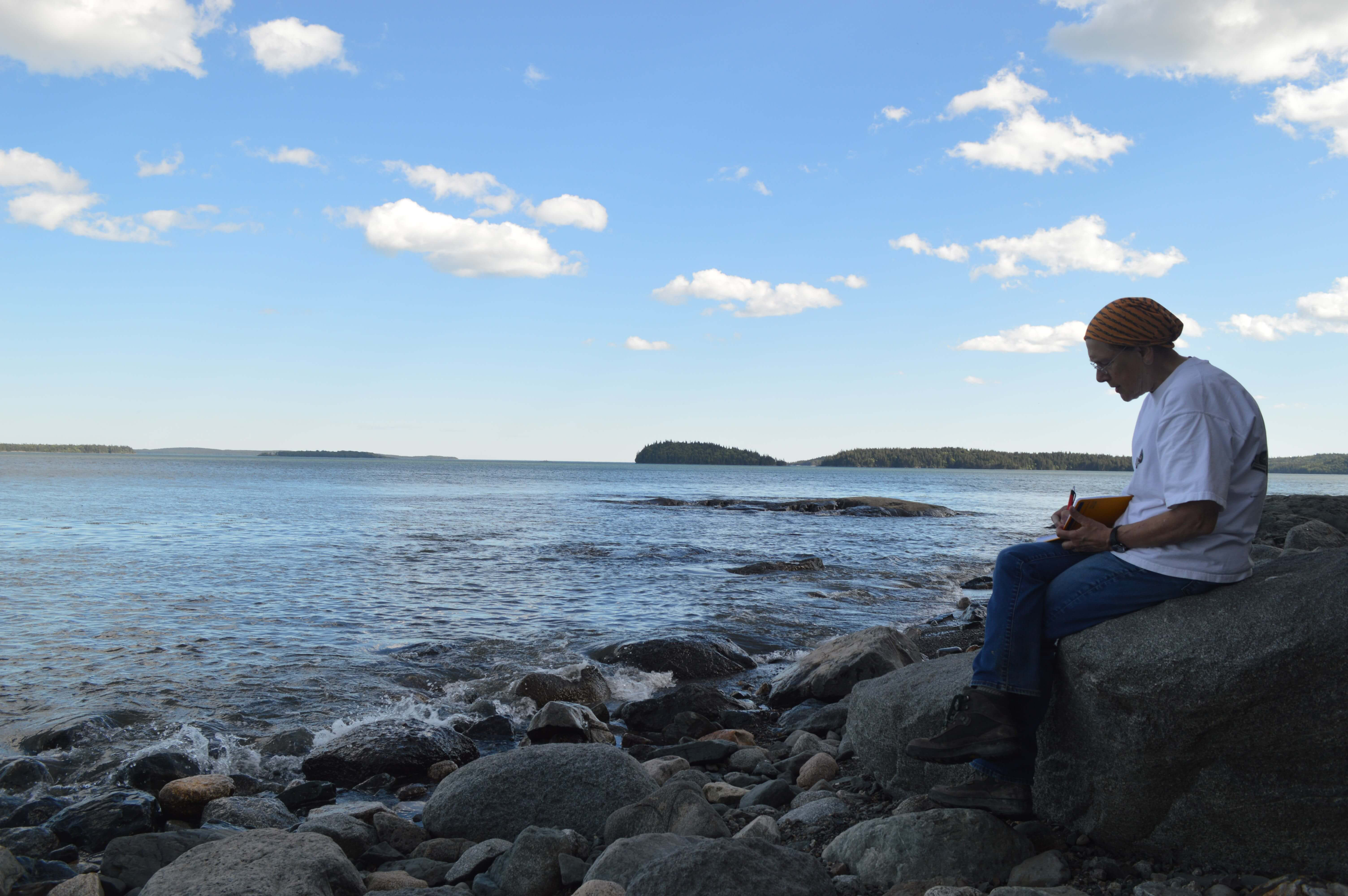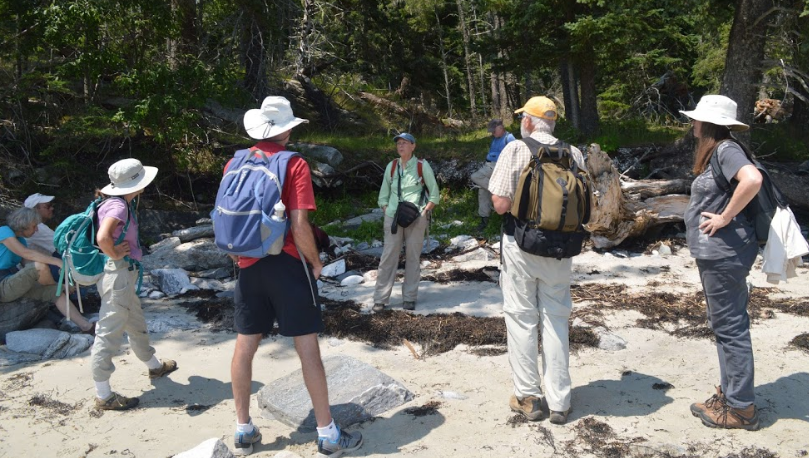Why are Middens Eroding?
Three factors are causing the erosion of Maine’s shell middens:
- Coastal erosion
- Increasing freeze/thaw events
- Looting
Coastal erosion is caused by a combination of sea level rise and storm-driven waves. Sea level rise is documented by four tide-gauges on the Maine coast (Kittery, Portland, Bar Harbor, and Eastport). In Portland, the tide gauge record for the last X years shows a mean sea level rise of 1.7 mm per year. This rate is fueled by the addition of glacial melt water to the world ocean and the thermal expansion of water as the ocean warms. As sea level rises, it raises the reach of coastal storm waves, increasing the amount of coastal erosion associated with storms. IPCC predictions of sea level rise of 75 inches by 2100 is considered low by many coastal geologists.
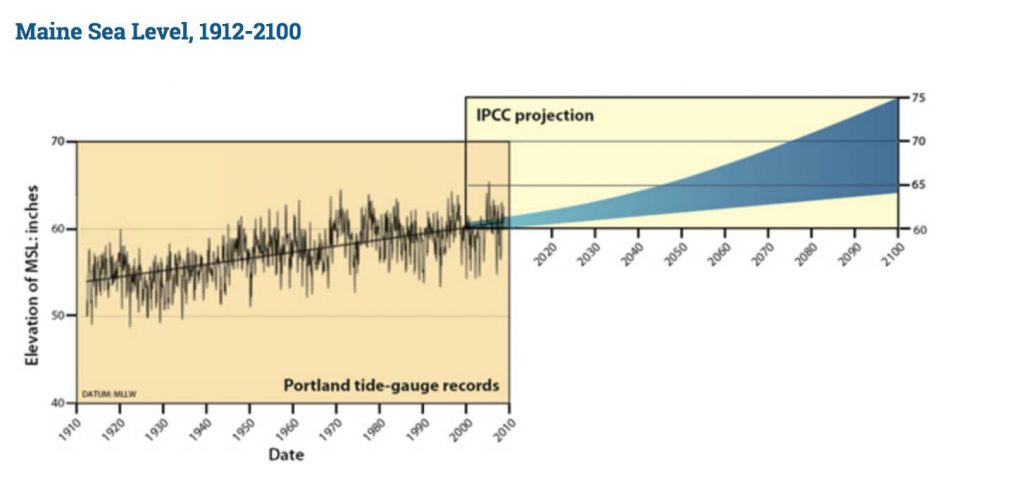
Image from Maine Climate News
Freeze/thaw activity represents a less dramatic, but significant erosion factor. As temperatures rise above freezing, water seeps into and through the porous shell midden. Water moving downslope flows out the eroding face, removing shell fragments and other material. When temperatures fall, the water in the midden freezes and expands, disrupting the interior and setting up continued erosion. As Maine’s winters experience greater temperature variability, these damaging cycles will increase.
Looting is an additional threat to shell middens. Whether driven by the desire to expand personal collections of artifacts or removed for sale, the act of digging in shell middens exacerbates natural erosion processes. Because shell middens are largely composed of shell with relatively few artifacts, collecting requires a great deal of disturbance.

